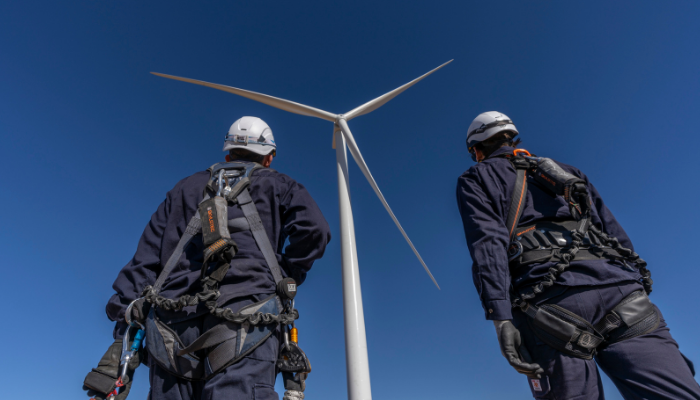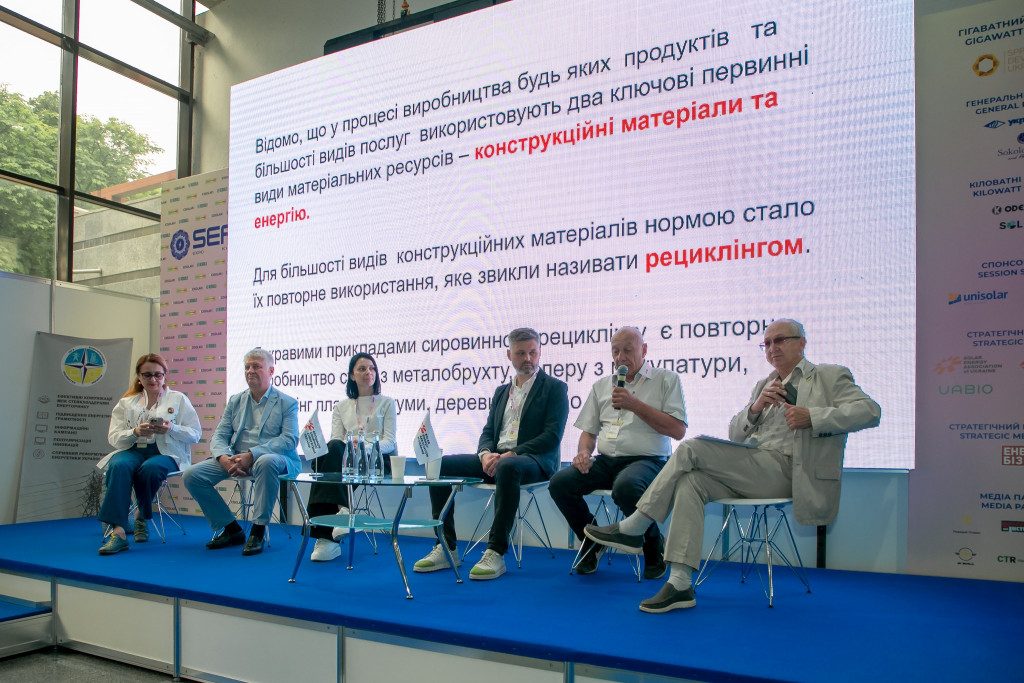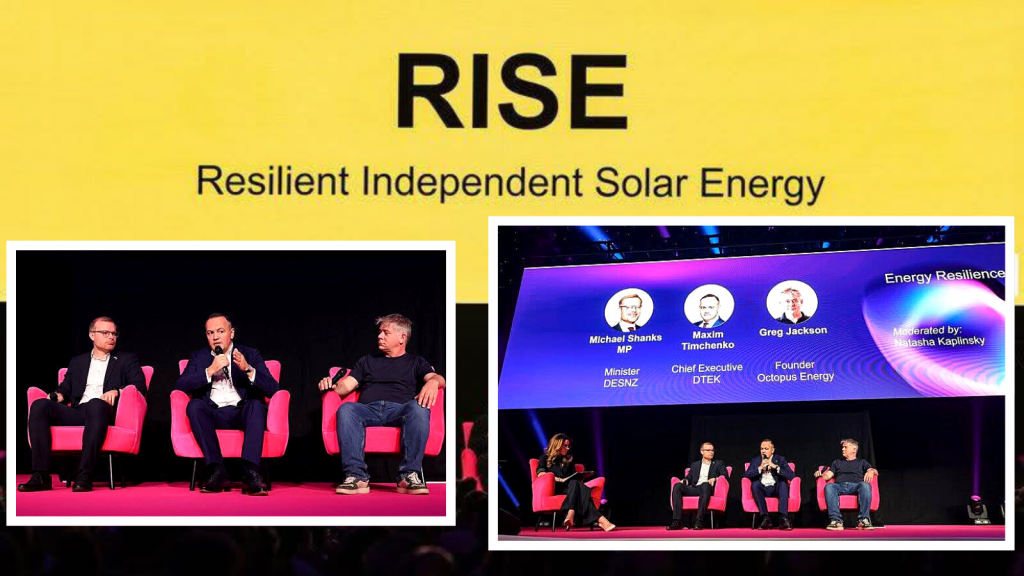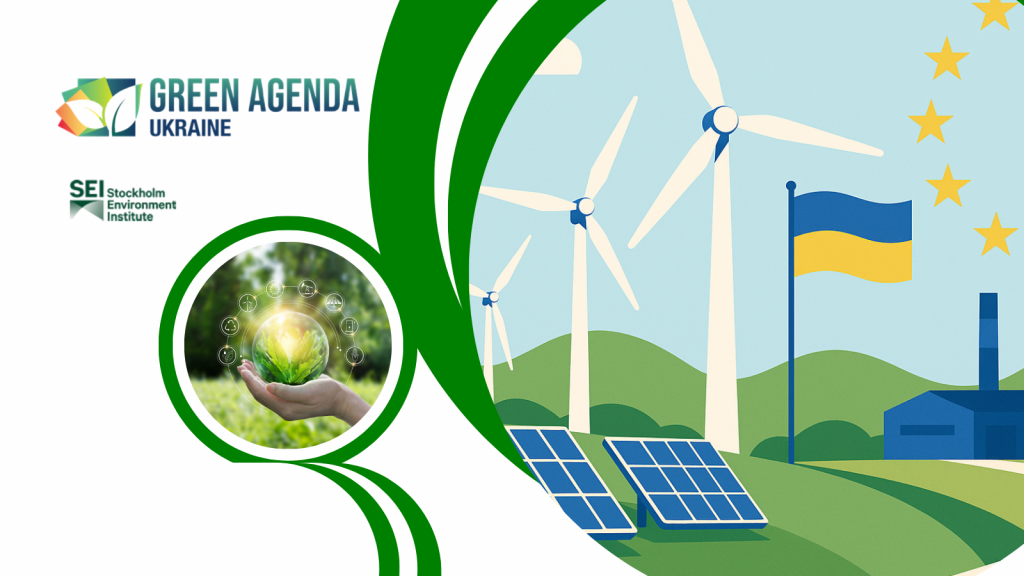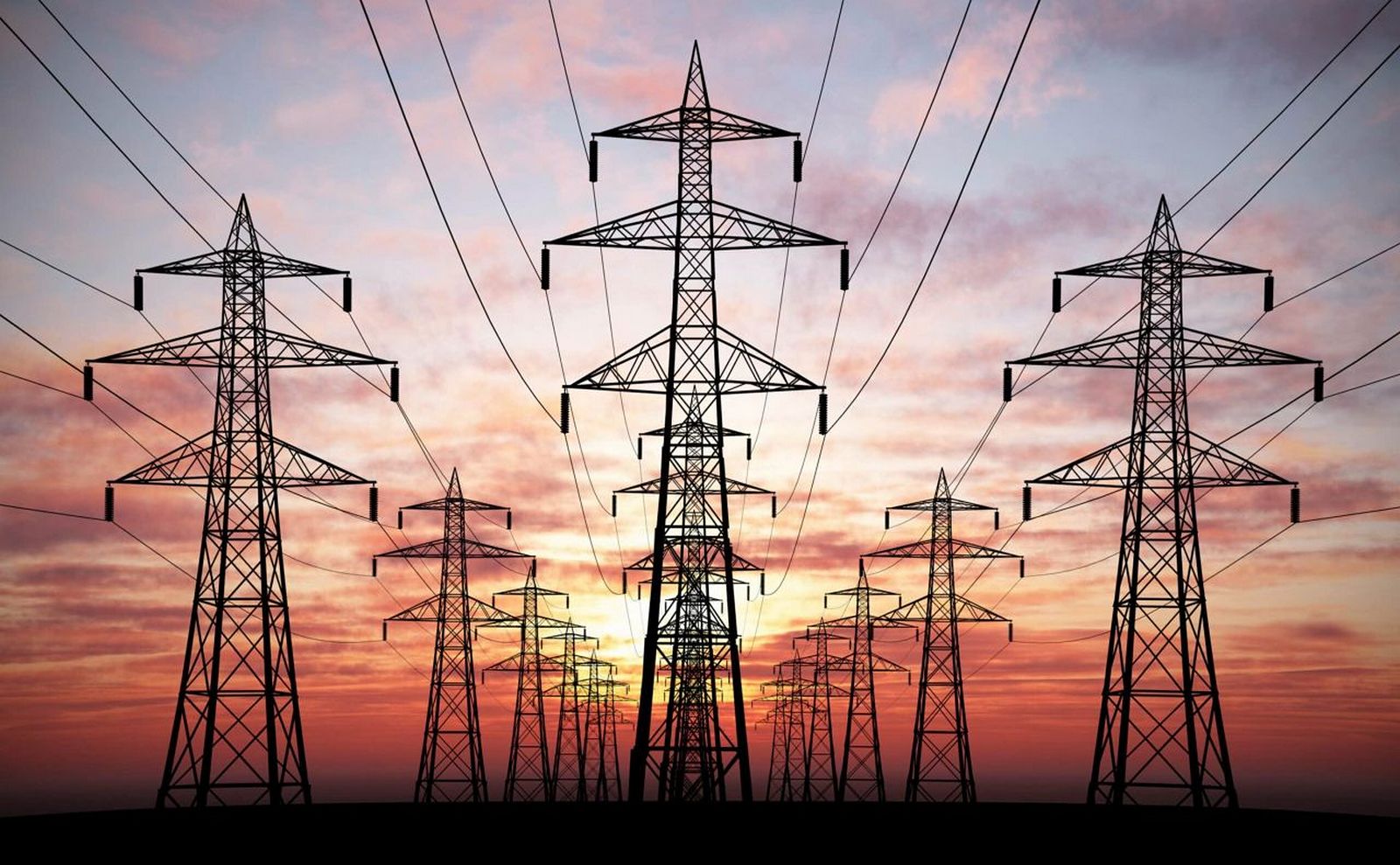
How to win the energy war with Russia
17.04.2024Restoring the centralized energy system, as it was before 2024, is expensive and not always reasonable. An alternative may be to develop a distributed generation using small, but numerous and scattered electricity and heat generation based on wind and solar energy, biogas, Ukrainian gas, etc.
This was stated by participants of the press conference “How to launch distributed generation in Ukraine. Challenges and Opportunities for Territorial Communities” held at “Interfax-Ukraine” on April 16.
“Every day and every month we are convinced that the issue of energy security is a key issue for the functioning of the entire energy and industrial complex in Ukraine. And the war against Ukraine’s energy structure is one of the key elements of Russian aggression against our country,” said Oleksander Dombrovsky, Chairman of the Board of the Global 100 RE Ukraine NGO and President of MHP Eco Energy.
In one night from the 21st to the 22nd of March 2024, Ukraine transformed from a partially energy-surplus country (maximum exports of over 700 MW in early March) into an energy-deficit country (the power deficit in the system is up to 2 GW with a maximum import capacity of up to 1500 MW in some hours). And mostly there were out of service power plants acting as shunting power plants, which has already created problems for the sustainable functioning of the power system.
The distribution of generating capacities may reduce the risks to the power system. “Ukrainian factories and businesses have a huge practical experience in creating distributed generation. We do not need to create everything from scratch. We have many efficient and innovative projects that are on par with the best international practices. And this experience needs to be implemented very quickly, due to the very alarming dynamics of the destruction of the energy infrastructure in Ukraine,” Dombrovsky explained.
He stressed that when talking about distributed generation, we need to be aware of the time horizon, which is very short in Ukraine. Firstly, we need to invest in our own generation projects for 2024-2025, then look at 2025-2026, but in any case, “what we are experiencing now is a story for more than one year, judging by how events are going.”
Georgiy Geletukha, Chairman of the Board of the Bioenergy Association of Ukraine, described in detail the ways in which the damaged energy sector may be restored. According to him, electricity imports will not be able to cover the entire deficit caused by shelling, and it will mainly benefit only western regions. Restoration of energy facilities makes sense if the level of damage is small or medium.
“The average cost of one Russian missile is around $1 million. We know that it took eight missiles to completely destroy the Dnipro Hydroelectric Power Plant and about eight were downed. That is, a volley of 16 missiles worth $16 million takes out our centralized generation facility, and this has already been proven in practice. Accordingly, in our opinion, there is no need to build facilities worth more than $16 million,” he explained.
The UABIO Chairman added that the announcement about the start of construction of four new nuclear units to be built in just 10 years is worrying and does not solve the urgent problems. “Especially since the system now has enough baseload, it lacks maneuverable load that can be switched on and off quickly,” he said.
Experts believe that distributed power generation is the most optimal from a strategic perspective, with facilities costing up to $16 million to reduce the enemy’s desire to destroy them. This includes generation based on domestic natural gas, biomethane, solar and wind power generation, as well as energy storages that will accumulate energy until the right time.
Petro Bahriy, Chairman of the Supervisory Board of Clear Energy Group, spoke about the experience of building biomass and biogas power plants. In addition, his company is already assembling modular gas-piston power plants capable to produce from 400 kW to 4.5 MW in one unit, and this capacity can be increased. The terms of fulfillment of such orders are up to 8 months.
At the same time, he drew attention to the problems of state regulation of the industry, which is why the plants that are ready to supply 54 MW of both electricity and heat to the power system are idle.
“The state must create conditions for a private investor to come to the energy sector, invest in it and return it faster than before the war. It is necessary to create conditions that will be interesting for both domestic and foreign investors,” said Bahriy, noting that distributed generation can now be the key to the stability of the Ukrainian energy system.
Leonid Unigovsky, member of the Council of Experts on Energy Security at the NSDC of Ukraine, general director of Naftogazbudinformatika LLC, drew attention to another important aspect.
“With the ‘green transition’, no matter how difficult it is, the philosophy of energy is changing. We are gradually moving from the predominant role of distribution system operators to cooperation between local communities and operators. That is, communities are becoming a full-fledged player in the market,” he said.
Leonid Unigovsky also spoke about a project to unite various capacities-solar panels, generators, etc. that were owned by different owners into a single network. The idea being implemented in the Dolyna community in Ivano-Frankivsk region is to create a cellular energy network that should unite most of the generation and most of the consumers who live or work in the community. De facto, it’s a kind of energy cooperative, where private households, private businesses, and utilities can join.
The implementation of distributed generation will provide jobs and a stimulus to local communities. In addition, it will prepare Ukraine for the requirements that will be imposed on it during its inevitable integration into the EU.
Therefore, industry experts call to stop funding the restoration of the centralized energy system exclusively. Instead, they believe that the government should adopt a program for the development of distributed generation, ensure its priority, and implement a number of other management decisions, including the introduction of a specialized vice prime minister.
To see the press conference – click the link.
Become a member of 100 RE UA
Switching to 100% renewable energy in Ukraine is possible!

